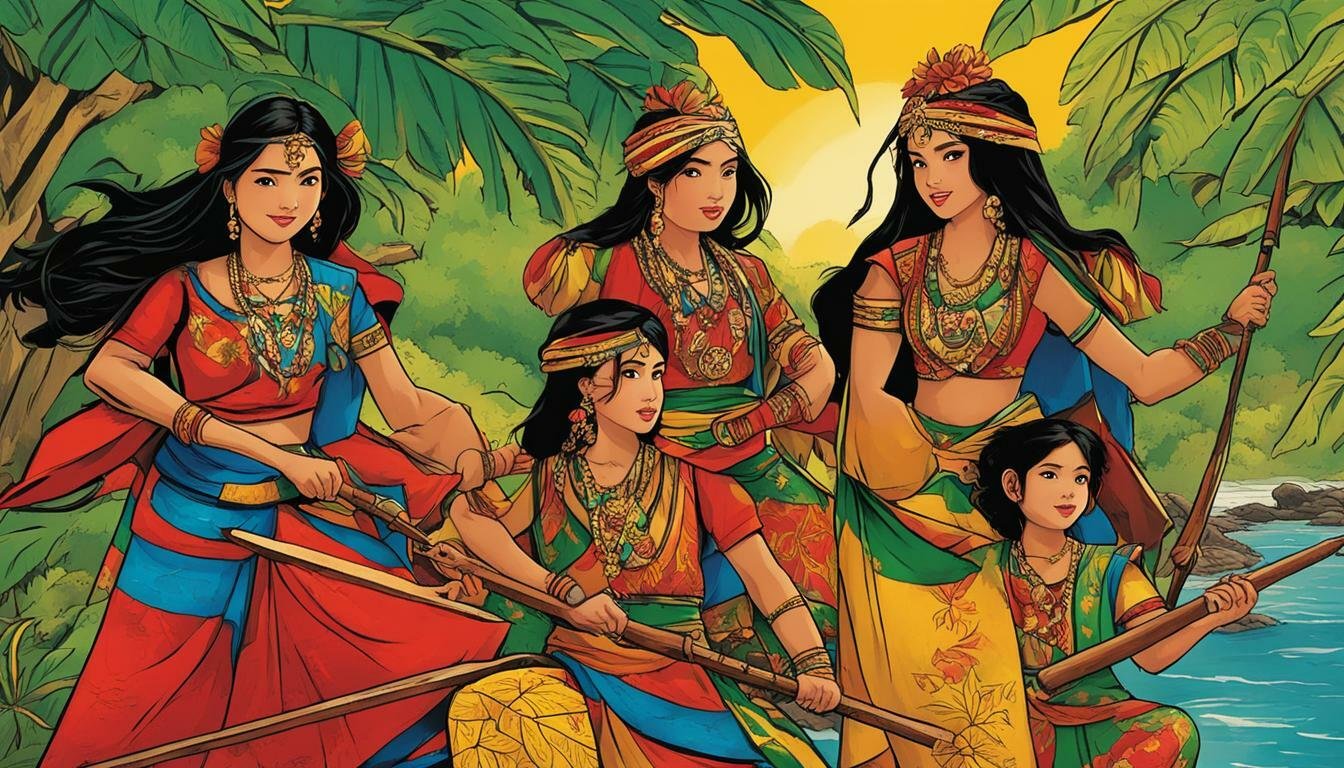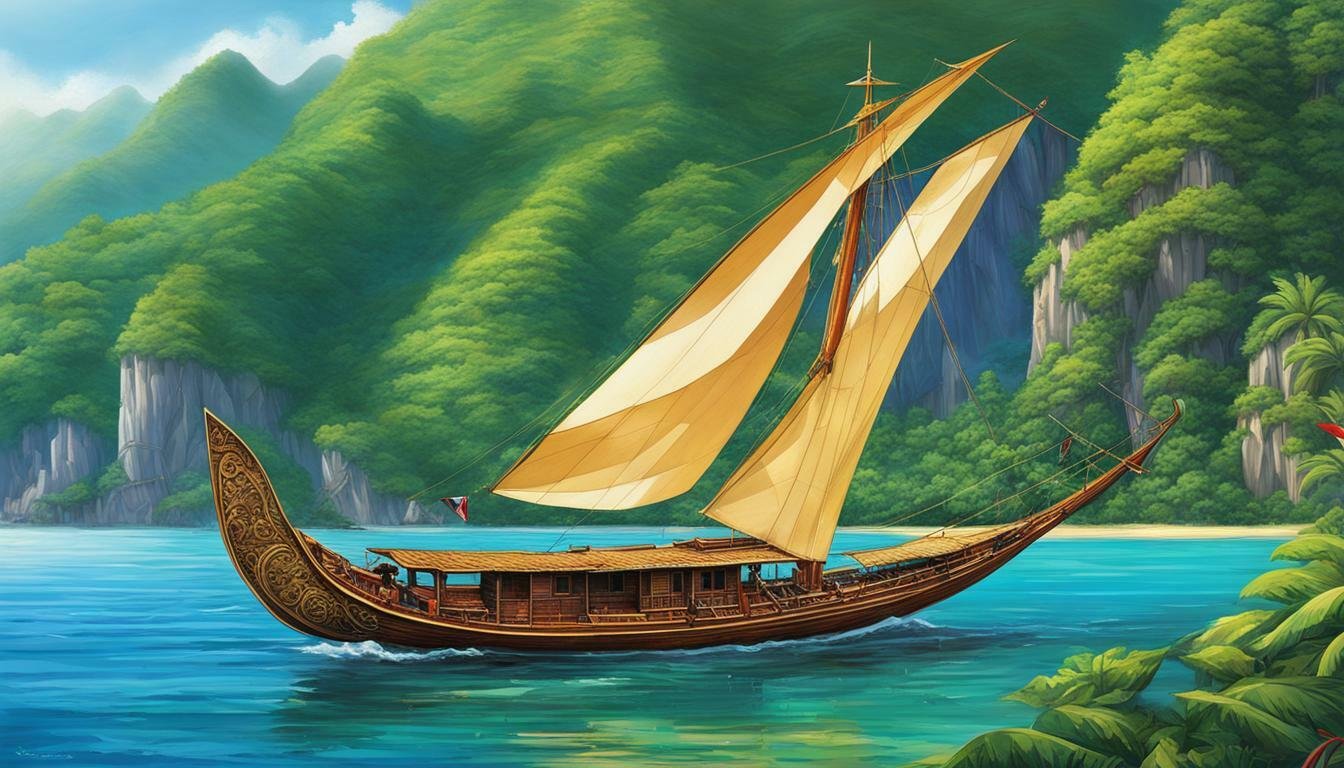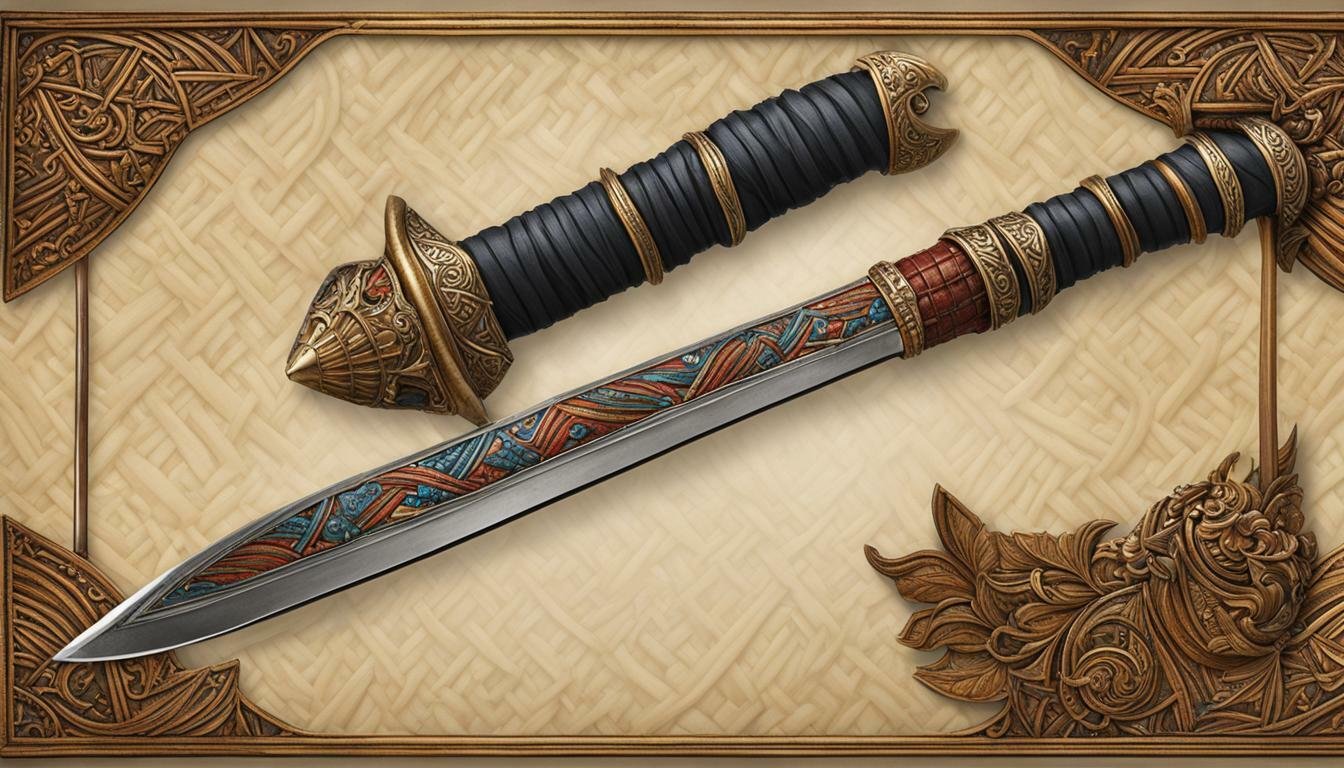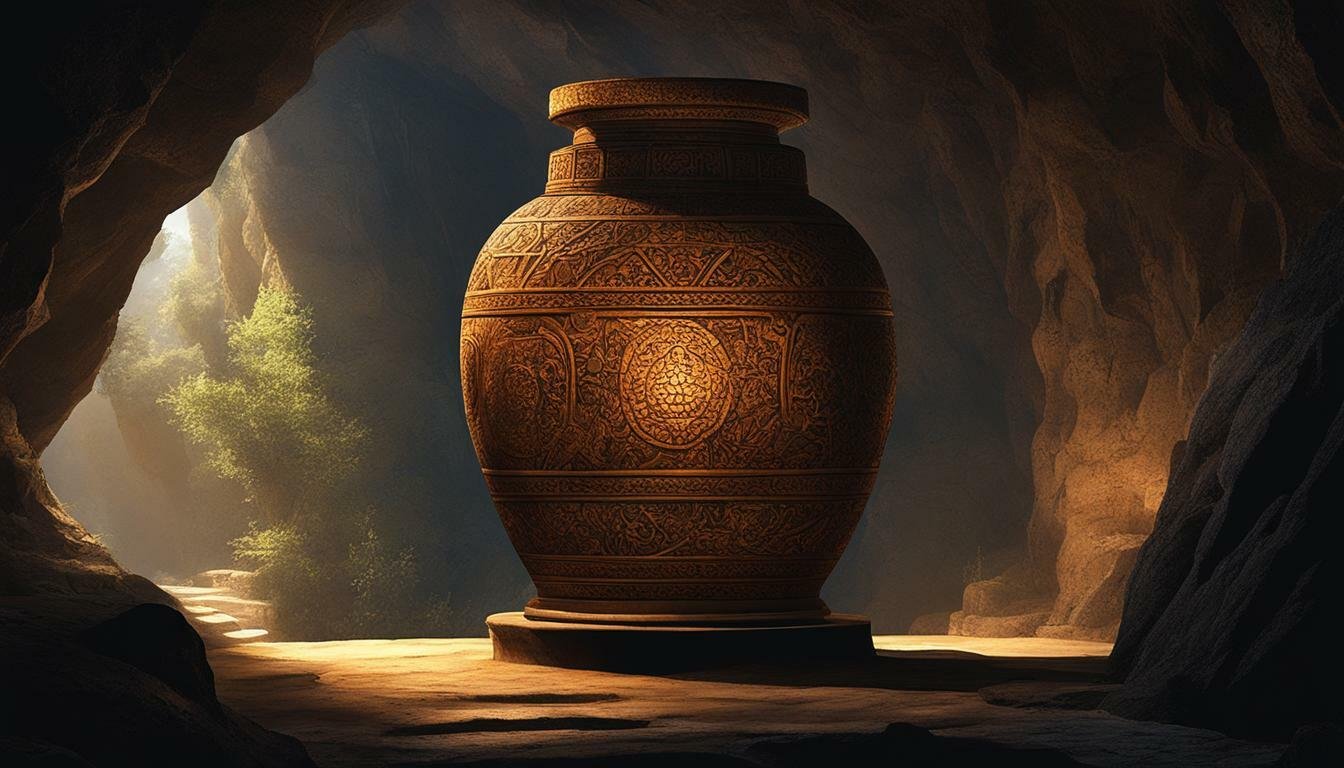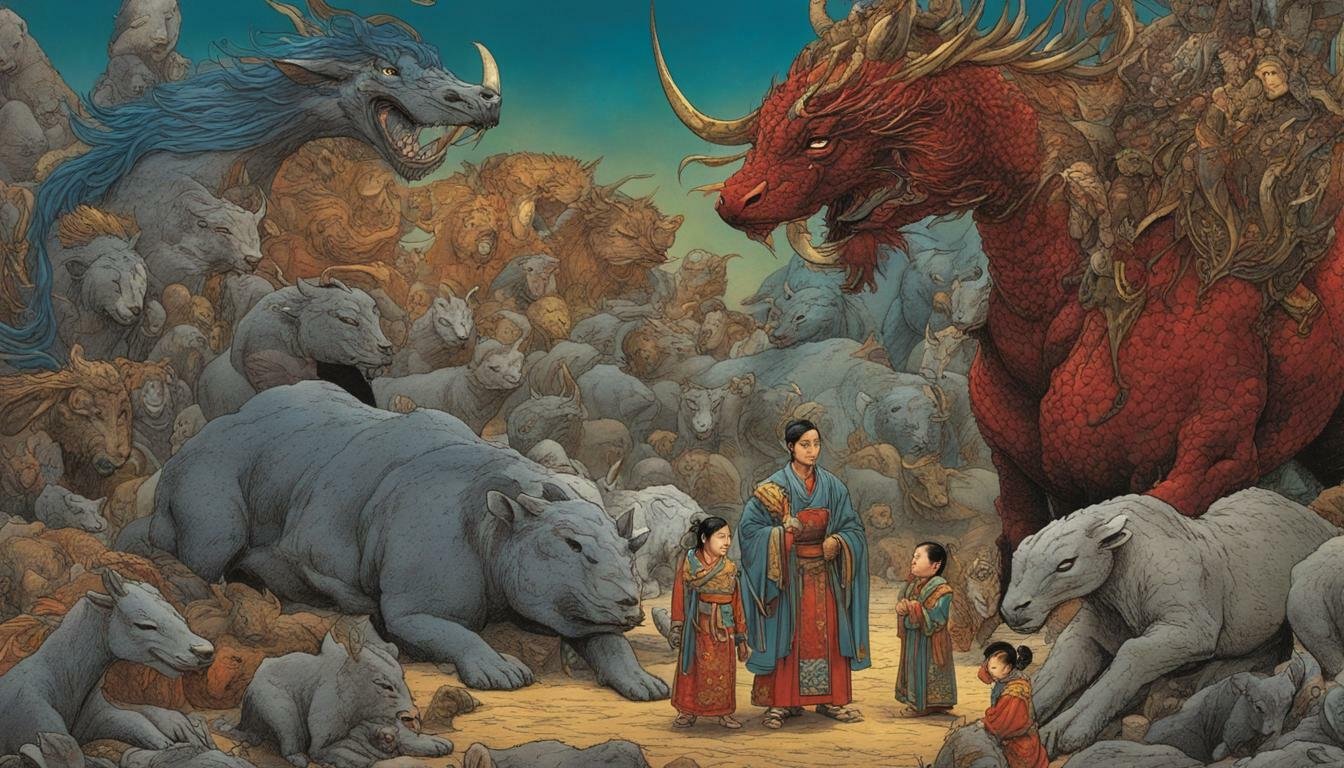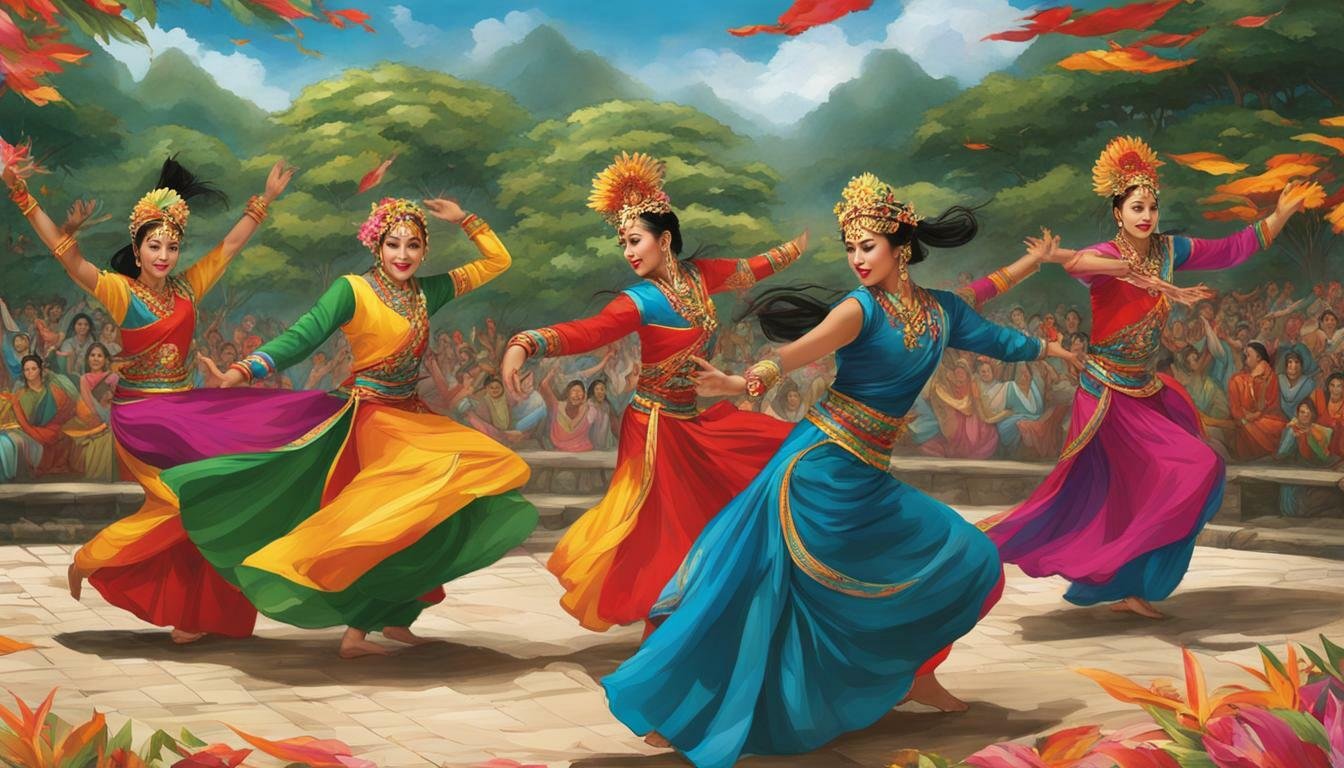The Philippines, an archipelago of over 7,000 islands, is a vibrant tapestry of cultures and languages. Among the most prominent and historically significant ethnolinguistic groups are the Kapampangans, primarily inhabiting the province of Pampanga in the Central Luzon region. At the heart of their distinct identity lies their language: Kapampangan, affectionately known as Amanung Sisuan,…
Tag: Cultural heritage
Indigenous Peoples’ Rights Act (IPRA) of 1997: A Comprehensive Overview
The Indigenous Peoples’ Rights Act (IPRA) of 1997, officially designated as Republic Act 8371, stands as a landmark piece of legislation in the Philippines. Enacted during the administration of President Fidel V. Ramos, this comprehensive law sought to recognize, protect, and promote the rights of the country’s Indigenous Cultural Communities (ICCs) / Indigenous Peoples (IPs)….
Isneg Language of the Philippines
The Philippine archipelago is a tapestry woven with hundreds of distinct languages and cultures, each contributing unique threads to the nation’s identity. Among these linguistic gems is the Isneg language, also known as Isnag, the ancestral tongue of the Isneg people who predominantly inhabit the northernmost reaches of the Cordillera Administrative Region, specifically within Apayao…
Karay-a Language of the Philippines
The Philippines, an archipelago of over 7,000 islands, boasts a breathtaking diversity of cultures and languages. Among these linguistic treasures is Kinaray-a, often referred to as the Karay-a Language, a significant member of the Visayan languages group spoken primarily in the province of Antique on Panay Island in the West Visayas region. More than just…
The Rich History of Kumpit: Philippine Boat
The vast archipelago of the Philippines, with its more than 7,000 islands, owes its identity, culture, and history profoundly to the sea. Long before the arrival of colonizers, sophisticated maritime cultures thrived, connecting islands, facilitating trade, and shaping distinct ways of life. Central to this narrative are the diverse traditional watercraft developed by ingenious coastal…
What is Kampilan Sword
The history of the Philippines is deeply intertwined with the blades carried by its warriors, leaders, and people. Among the diverse arsenal of Philippine weaponry, few swords command the same presence and historical weight as the Kampilan Sword. More than just a tool of warfare, the Kampilan is a symbol of status, a testament to…
Explore the Historic Wonder of the Manunggul Cave
Nestled within the rugged limestone cliffs of Palawan, the Manunggul Cave stands as a silent, yet profoundly eloquent, testament to the rich tapestry of Philippine prehistory. More than just a geological formation, this archaeological site, part of the larger Tabon Caves complex at Lipuun Point, serves as a portal to the lives, beliefs, and artistic…
Unravelling the Epic Tale of Biag ni Lam-ang
Step into a world woven from ancient chants and vibrant Ilocano literature, a realm where courage clashes with destiny, and magic intertwines with the mundane. We embark on a journey to unravel the epic tale of Biag ni Lam-ang, a cornerstone of Filipino epic poem tradition and a profound reflection of the archipelago’s rich cultural…
Singkil: Traditional Dance of the Philippines
Step into the vibrant world of Philippine arts and culture, and you’ll inevitably encounter the mesmerizing Singkil, a traditional dance of the Philippines renowned for its elegance, complexity, and deep cultural roots. More than just movement, Singkil is a narrative woven with threads of royalty, myth, and the enduring spirit of the Maranao people of…
Subanen Language of the Philippines
The Philippines, an archipelago brimming with cultural diversity, is home to over 170 languages, each weaving a unique thread into the nation’s rich tapestry. Among these linguistic treasures is the Subanen language, spoken by the Subanen people, one of the largest groups of lumad (indigenous peoples) primarily inhabiting the mountainous regions of the Zamboanga Peninsula…




